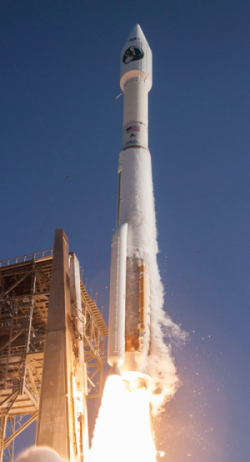Top IRS officials approved and supervised harassment of conservatives
Working for the Democratic Party: Newly released FBI interviews prove that top IRS officials in Washington, like Lois Lerner and Holly Paz, organized and ran the harassment of conservatives prior to the 2012 election.
The FBI documents also reveal that IRS officials stated that the agency was targeting conservative groups in the summer of 2011 because of their ideology and political affiliation. According to one senior tax law specialist, “The case seemed to be pulled because of the applicant’s political affiliation and screening is not supposed to occur that way … [Redacted] said he thought the cases were being pulled based upon political affiliations.” And IRS senior official Nancy Marks, appointed by Miller to conduct an internal investigation stated, “Cincinnati was categorizing cases based on name and ideology, not just activity.” [emphasis mine]
In others, the evidence shows beyond a shadow of a doubt that the IRS was being used by Democrats in Washington for the express purposed of harassing and attacking their political opponents.
Working for the Democratic Party: Newly released FBI interviews prove that top IRS officials in Washington, like Lois Lerner and Holly Paz, organized and ran the harassment of conservatives prior to the 2012 election.
The FBI documents also reveal that IRS officials stated that the agency was targeting conservative groups in the summer of 2011 because of their ideology and political affiliation. According to one senior tax law specialist, “The case seemed to be pulled because of the applicant’s political affiliation and screening is not supposed to occur that way … [Redacted] said he thought the cases were being pulled based upon political affiliations.” And IRS senior official Nancy Marks, appointed by Miller to conduct an internal investigation stated, “Cincinnati was categorizing cases based on name and ideology, not just activity.” [emphasis mine]
In others, the evidence shows beyond a shadow of a doubt that the IRS was being used by Democrats in Washington for the express purposed of harassing and attacking their political opponents.


